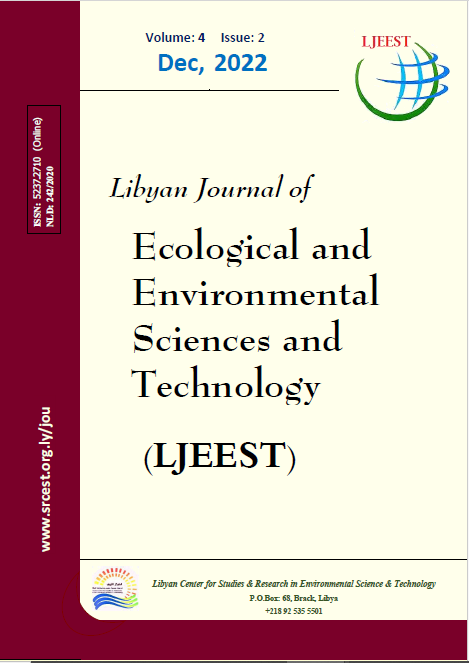Radioactive Pollution Resulting from Crude Oil Ponds and its Dangerousto AL-Wahat Region, Libya
DOI:
https://doi.org/10.63359/57eed249Keywords:
Radionuclides, Nafoora, Jalu., Soil, PondsAbstract
Natural Radioactivity levels in soil and sediment remain of interest to many researchers because of the radiation-induced public health hazards. A large part of the Jalu city population were surrounded by many open ponds produced by oil companies. Therefore twenty eight sites of soil and sediment were collected from different locations around the Jalu area. Concentrations of radionuclides in soil and sediment were determined by gamma-ray spectrometer using (HPGe) detector. Average activity level of natural radionuclides 238U, 232Th, and 40K were found to be (511.99 BqKg-1, 225.49 BqKg-1, and 311.18 BqKg-1) respectively from the soil and sediment. Also, radium equivalent activity, dose rates, and other radiological hazard indicators soil, and sediment has been calculated. The results obtained in this study were all higher than their worldwide mean values and with the Comparison countries. The highest values were found in Nafoora field (ponds A, B), Jalu field (ponds A, B), Nafoora field Base, and Auglia city respectively. This study shows the seriousness of these radiations from the refining and production of oil companies to neighboring cities and could serve as important radiometric baseline data upon which future epidemiological studies and environmental monitoring initiatives could be based.














